"A City Defined by its Past With a Wealth of History Transcending Major Events in the Development of Britain"
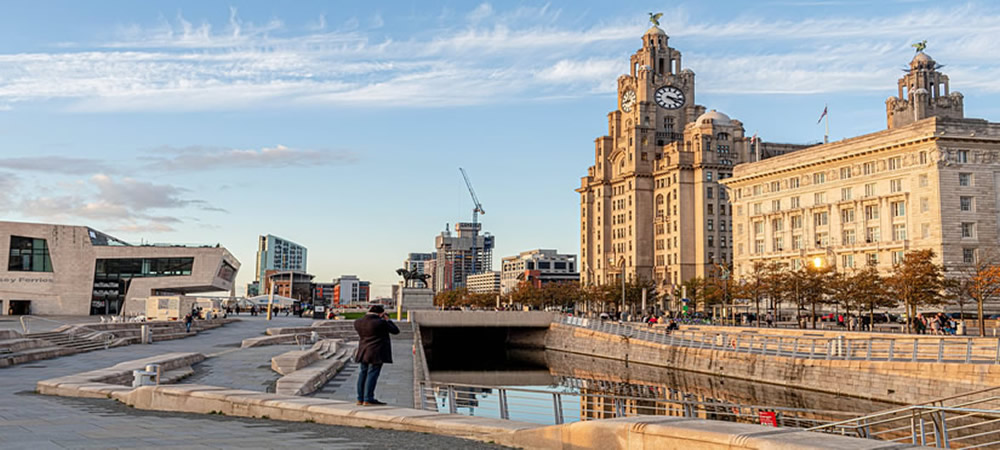

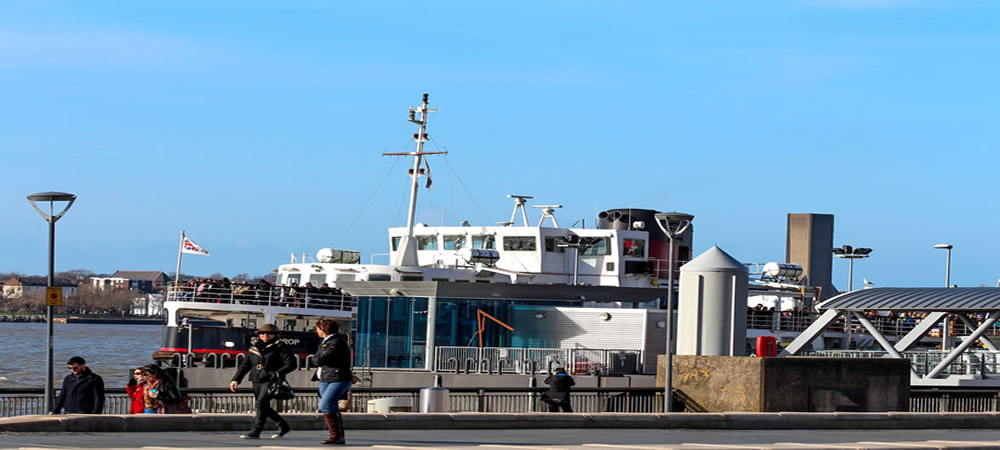

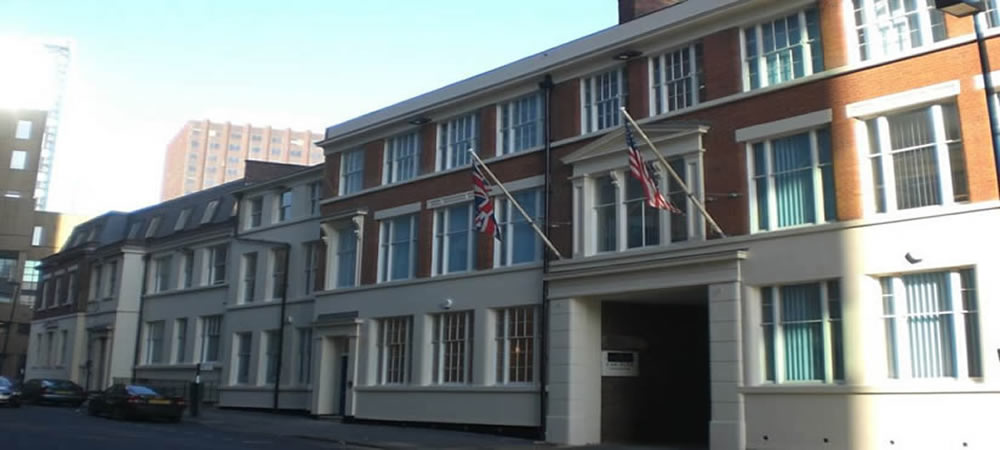
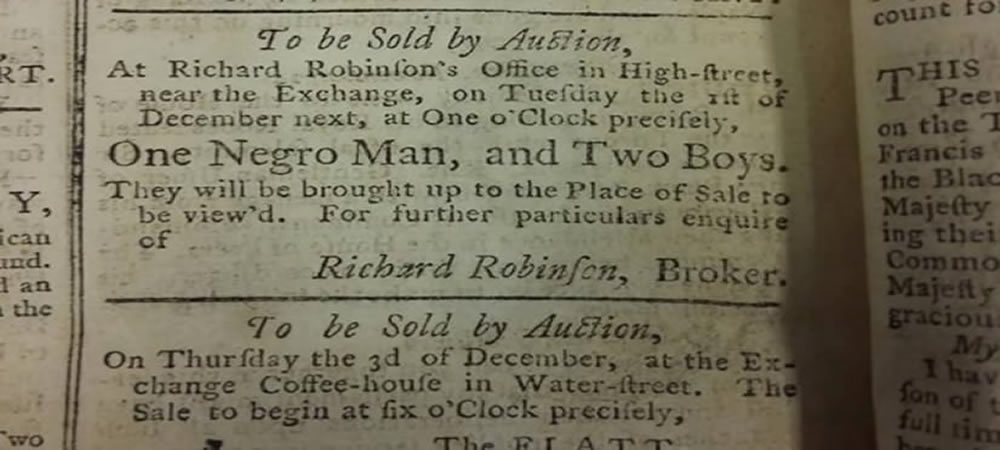
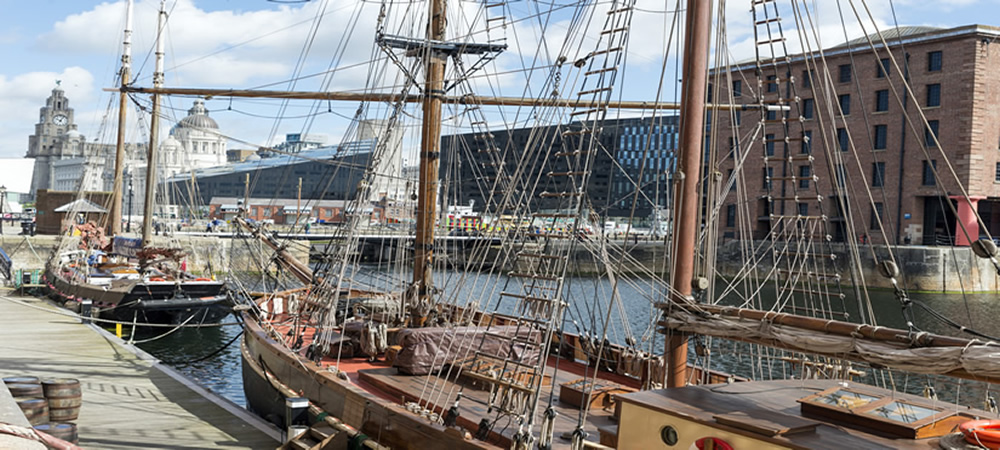
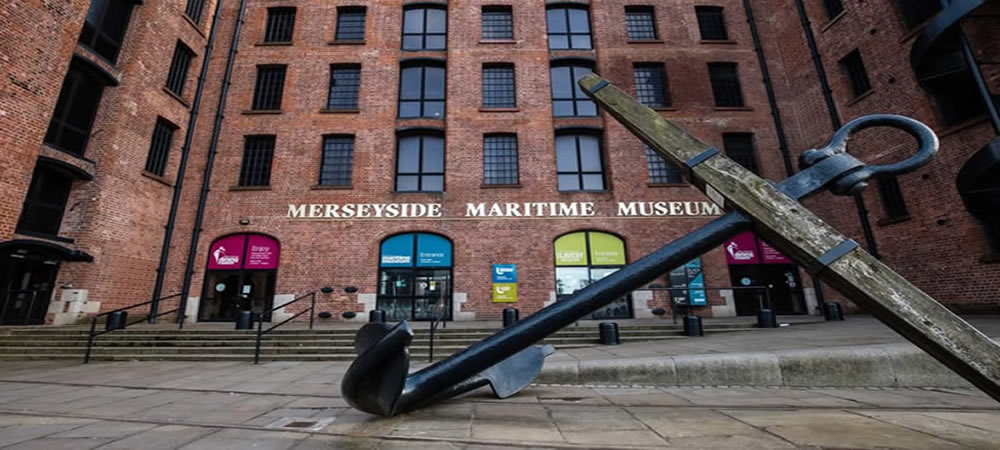
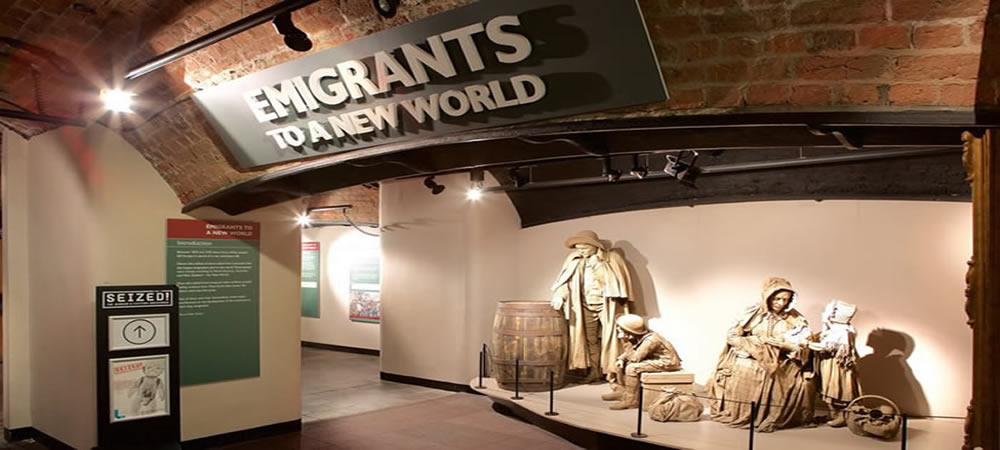
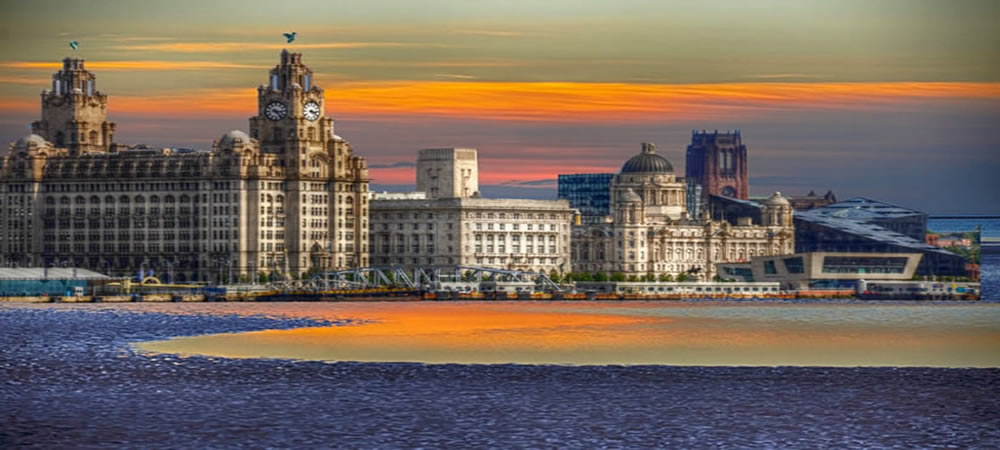

The Story of Liverpool Tour is a must if you only have a limited time in the city. If you are staying longer it is also a good starting point to obtain an overview of Liverpool’s history –the high points and the low points.
Be careful though, this tour only begins to open the door on the history of Liverpool – you will be left curious and wanting to find out more about the many topics covered by your guide.
The tour is an ideal opportunity to see some of Liverpool’s finest buildings and some of the waterfront architecture that Liverpool is famous for. You will also see some of the banking houses built by the wealthy merchants of Liverpool who became rich on the back of the slave trade or the goods produced by slaves in America.
When the American Civil War broke out, Britain agreed to remain neutral but the merchants of Liverpool were firmly on the side of the South (Confederacy). You will see the unofficial Confederate Embassy and learn about the company that became the unofficial bankers of the Confederate states.
One of Liverpool’s finest buildings is the Town Hall and the merchants who funded its construction spared no expense in the architectural design and interior decoration. Around the frieze of the Town Hall you can see carvings depicting the trade that enabled Liverpool’s wealth. Depictions include elephants, camels, African people, ivory and many other flora and fauna.
Did you know that there was a Bank of Liverpool and it even produced its own currency notes? The Bank of Liverpool building still exists and you will be able to see it during the tour.
As you return towards the waterfront, you will be able to see Albion House, the headquarters of the White Star Line. Your guide will remind you (if you have seen the film Titanic) of the history surrounding the ill-fated ship and you are able to see the balcony where the staff of the White Star Line read the list of names of those who had died in the disastrous sinking of the ship in 1912.
One of the oldest buildings in Liverpool is the Church of Our Lady and St Nicholas at the Pier Head. The River Mersey used to lap the steps of this church at high tide before the land reclamation for George’s Dock. Many slave traders worshiped and are buried at this church including the well known name of Bryan Blundell.
Returning to the waterfront, learn about the Mersey Tunnel and the extraordinary feat of engineering before seeing the final two buildings of the Three Graces – the Cunard Building and the Mersey Docks and Harbour Building.
The tour will then lead you towards the Albert Dock, looking at the history and meaning behind some of the statues and monuments that are displayed along the route.
As you pass through the Albert Dock, learn about its history, how it was designed and built and the role it played during the Second World War. Your guide will point out the Tate Gallery and the Maritime Museum and International Slavery Museum should you wish to visit these places following your tour.
You will pass the Salthouse Dock and Canning Dock where some of the massive stones from Liverpool Castle were used in the construction. Also see the Graving Docks where slave ships were refurbished following the arduous transatlantic journey in preparation for returning to Africa and beginning the trading process again.
Finally, arriving where it all began at Thomas Steers Way, you can see laid out in the pavement the outline of the Old Dock and it is possible to view a section of the dock through a glass viewing window in the ground. Completing the full cycle of history this is also the most modern part of the city - the L1 Shopping Complex.
The tour will end here but your guide will be pleased to assist you with planning the rest of your time in Liverpool and will make recommendations of places to visit that would be of interest to you.
If you’re a local or just visiting Liverpool, this tour will reveal many of the hidden depths of Liverpool’s history.
This tour covers the period from the construction of the “Old Dock” up to the mid 20th Century and gives an insight into the key events, the people and buildings and the legacy these have left for Liverpool.
We'll strip away the veil of modernity and reveal the past - hidden in plain sight, and share Liverpool’s aspirations for the future.
From King John granting Liverpool a charter in 1207, the town largely remained the same until the late 17th Century when Liverpool began to develop as a port and commercial trade increased.
The tour takes place outdoors and suitable clothing should be worn according to weather conditions. There are some uphill areas for a short distance and this should be considered for wheelchair users. Comfortable walking shoes should be worn as there is some uneven ground covered during the tour.

The meeting point for the tour is by the Titanic Memorial at the Pier Head in Liverpool near the Liverbuildings and Liverpool Cruise Port.

Story of Liverpool Tour begins and lasts for approximately two hours.

The meeting point for the tour is by the Titanic Memorial at the Pier Head in Liverpool near the Liverbuildings and Liverpool Cruise Port.

Story of Liverpool Tour begins and lasts for approximately two hours.
Feedback for individual guides is obtained from a variety of sources, including social media. We'd be delighted if you could take the time and let us know how you enjoyed your tour.
Trains on the National Rail Network arrive at Liverpool Lime Street Station. There is also a local train network called Merseyrail that travels to / from Central Station. You would then be able to obtain detailed directions using the search facility above.
There are two main bus terminals in Liverpool. There is the Central Bus Station at Canning Place, Liverpool 1. There is also another terminus at Queens Square by St George's Hall. There is an extensive bus network throughout Liverpool and the 82 bus from the Central Bus Station will travel through the city centre.
Black cabs are available all over the city and can be flagged at the roadside. You can tell the taxi driver the name of your destination and they will be able to take you there. Their knowledge of streets and venues (especially in the city centre) is extensive and you should not have any difficulty.